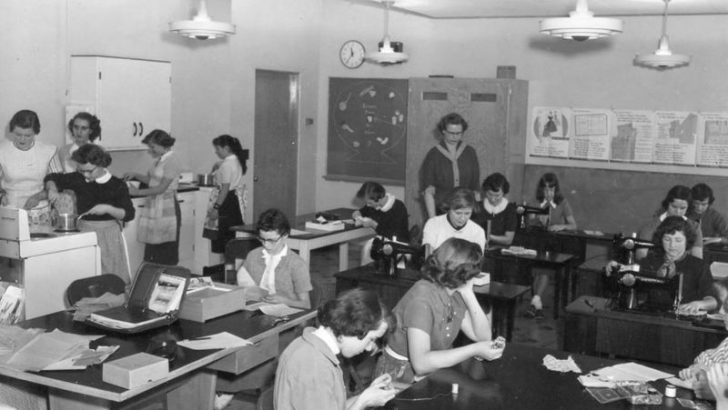In the ever-evolving landscape of education, some subjects have quietly slipped out of the curriculum. These subjects, once common, have faded into obscurity, leaving behind a legacy of curiosity and nostalgia. This blog post explores nine such subjects that were once a part of the educational journey but have since disappeared from classrooms. Each of these subjects offers a glimpse into a different era, reflecting the changing priorities and values of society over time.
1. Penmanship

In the past, penmanship was a staple of elementary education. Children would spend hours perfecting their cursive writing, emphasizing elegant loops and neat handwriting. This skill was considered essential for proper communication and was a matter of pride. However, with the rise of digital communication, the art of penmanship has faded.
Today, typing skills are prioritized over handwriting in most schools. As a result, many students struggle with cursive writing, and the subject is rarely taught. The decline of penmanship symbolizes a shift in communication methods, favoring speed and efficiency over elegance.
Despite this, some people still cherish the beauty of handwritten letters and notes.
2. Home Economics
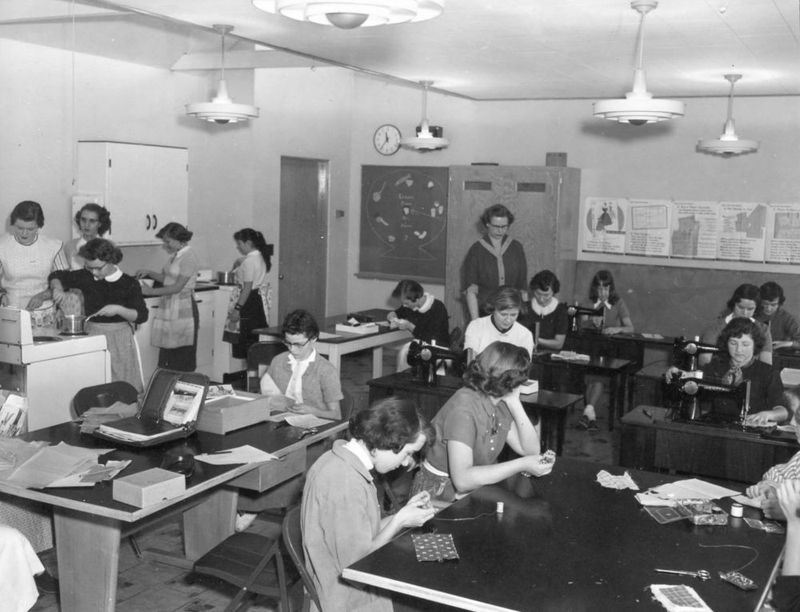
Home economics classes were once a common feature in schools, teaching students essential life skills like cooking, sewing, and budgeting. These classes aimed to prepare students for adulthood by equipping them with practical skills.
In recent decades, however, these subjects have been replaced by more academically focused courses. The shift in educational priorities has led to a decline in home economics, as schools emphasize STEM subjects.
This change reflects a broader societal trend towards specialized knowledge. Yet, the loss of home economics leaves a gap in practical education that some argue is crucial for personal development.
3. Latin
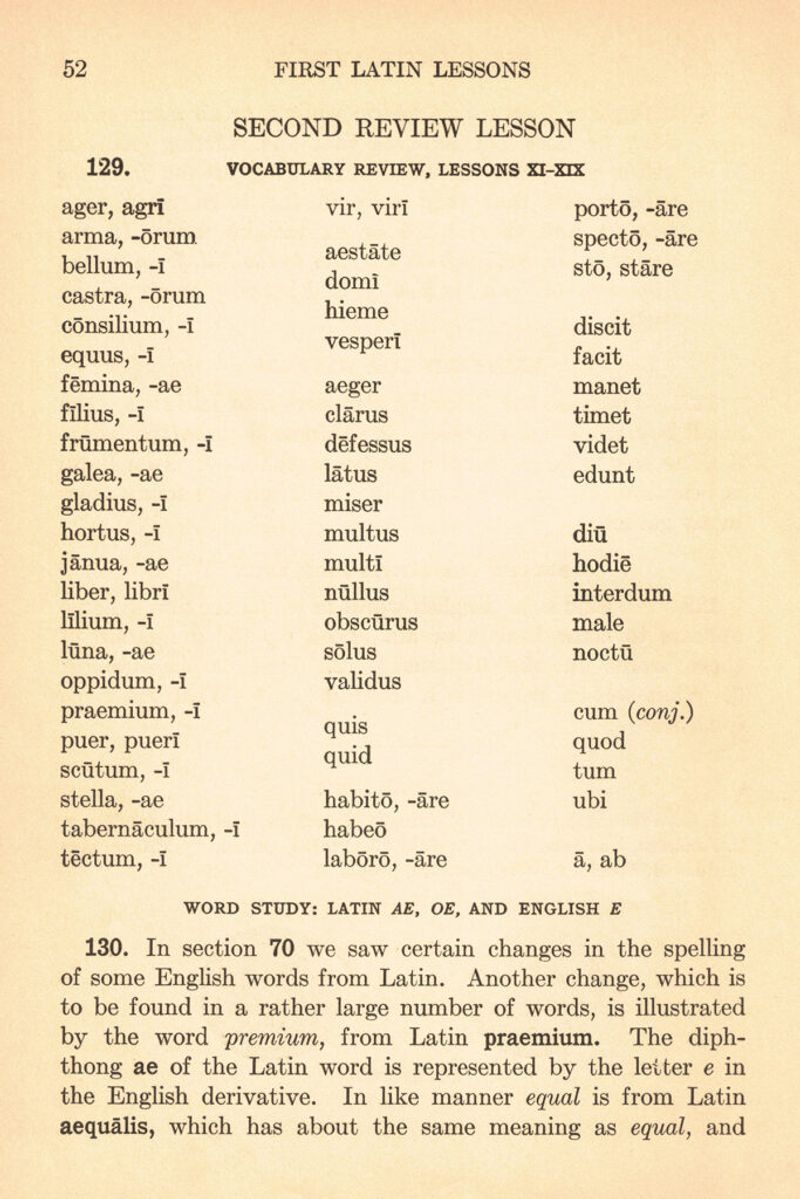
Latin, once the cornerstone of a classical education, has largely vanished from modern curriculums. This ancient language was taught to help students understand the roots of many modern languages and gain insights into ancient cultures.
However, as educational systems evolved, the emphasis on Latin diminished. Languages that are more widely spoken today have taken precedence, leaving Latin to be studied by only a few dedicated enthusiasts.
This shift highlights the changing focus of language education, prioritizing immediate practicality over historical appreciation. Despite its decline, Latin remains a language of scholarly pursuit and cultural interest.
4. Typing
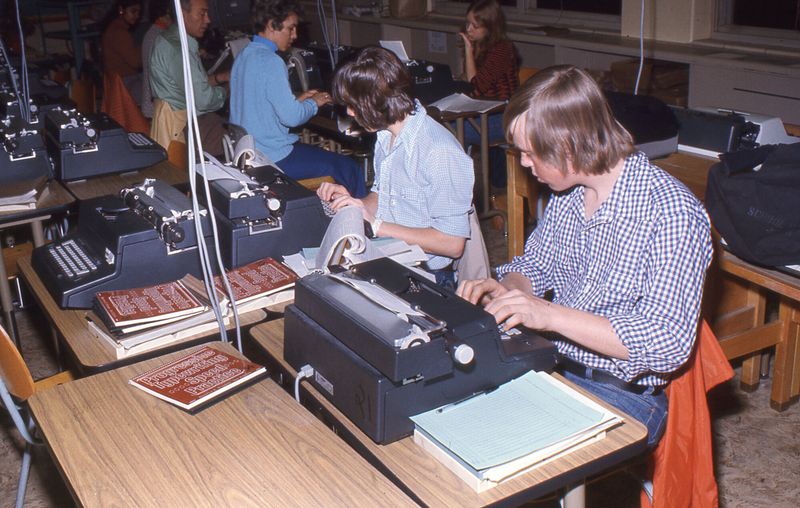
Before computers became ubiquitous, typing classes were essential for students. Learning to type efficiently on typewriters was a skill that opened doors to various job opportunities.
With the advent of personal computers, the nature of typing education changed. Typing skills are now integrated into general computer literacy courses, making traditional typing classes obsolete.
This evolution reflects the rapid technological advancements that have transformed workplaces and educational environments. However, the fundamental skill of typing remains crucial, even if the way it is taught has evolved alongside the tools we use.
5. Civics

Civics education, which focused on teaching students about government, citizenship, and civic responsibilities, has seen a decline in recent years. These classes were designed to create informed and engaged citizens.
However, as schools shifted towards standardized testing and core subjects, civics education was often reduced or integrated into other courses. This reduction has raised concerns about the civic preparedness of young people today.
Despite its decline, the importance of civics education is increasingly recognized as crucial for fostering active and informed participation in democratic societies. It remains a topic of ongoing debate among educators and policymakers.
6. Calligraphy

Calligraphy, the art of beautiful writing, was once an admired skill taught in schools. This subject encouraged creativity and precision, allowing students to express themselves through artistic lettering.
Over time, however, the focus on calligraphy dwindled as technology took precedence. Today, artistic expression is often achieved through digital means, and the art of calligraphy is mainly pursued as a hobby.
Despite this shift, calligraphy remains cherished by artists and hobbyists who appreciate the elegance and challenge it presents. The subject’s disappearance from mainstream education reflects changing artistic priorities in a digital world.
7. Woodshop
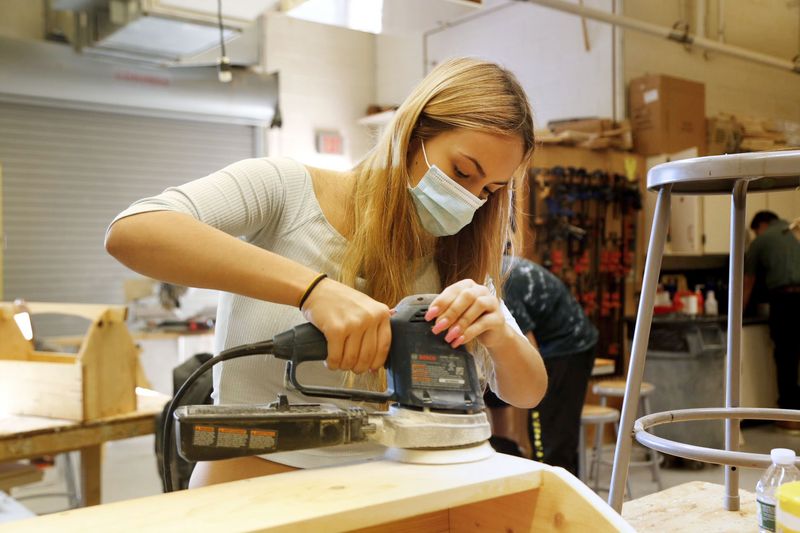
Woodshop classes offered students the opportunity to learn valuable hands-on skills. These classes encouraged creativity and problem-solving while teaching practical skills like woodworking and tool usage.
As educational priorities shifted towards academic subjects and budget constraints increased, woodshop classes became less common. Many schools opted to eliminate these programs in favor of subjects perceived as more academically beneficial.
The decline of woodshop classes underscores a broader trend in education, where vocational and hands-on subjects are often sidelined. Despite this, woodshop remains a beloved hobby for many.
8. Rhetoric

Rhetoric, the art of persuasive speaking and writing, was once a critical component of education. This subject taught students how to articulate ideas effectively and engage in thoughtful discourse.
In recent years, however, rhetoric has been overshadowed by a focus on STEM and standardized testing. The decline of rhetoric education raises concerns about the communication skills of future generations.
Despite its diminished role in curriculums, rhetoric remains an essential skill for personal and professional success. It continues to be valued in fields that require clear and persuasive communication.
9. Classical Music Appreciation
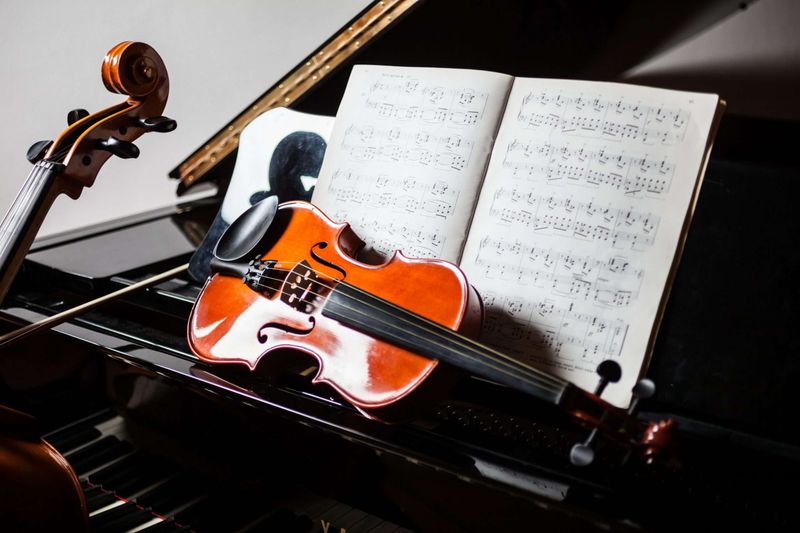
Classical music appreciation courses introduced students to the rich world of orchestral music, fostering an understanding and love for timeless compositions. These classes encouraged critical listening and cultural appreciation.
However, as school budgets tightened, music programs were often the first to face cuts. Classical music appreciation became a casualty of these reductions, disappearing from many schools.
The decline of such programs highlights a shift in educational priorities, where arts are frequently underfunded. Nevertheless, classical music continues to be celebrated by those who recognize its enduring cultural significance.

